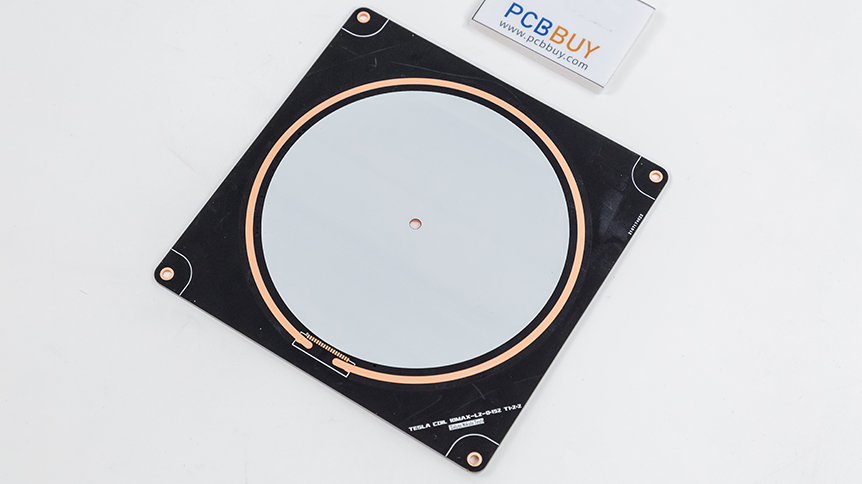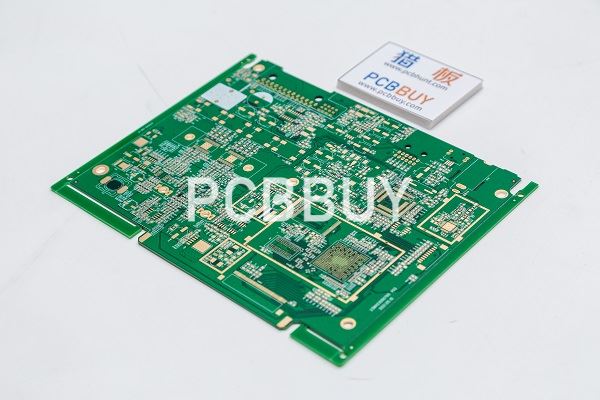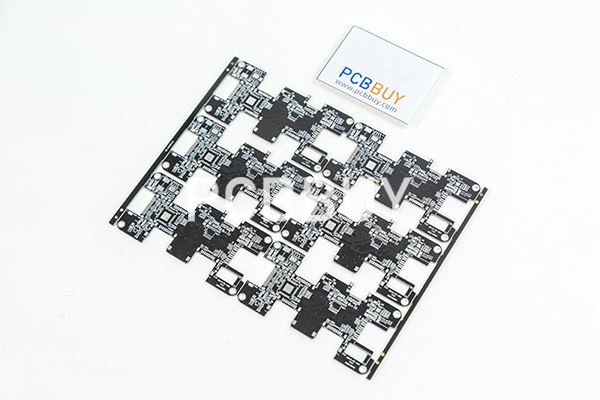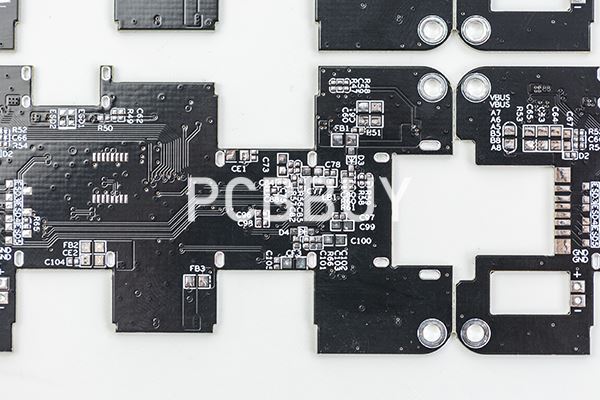What is the rising cost of PCB manufacturing after electronics material shortage?
By:PCBBUY 06/16/2023 14:20

The pandemic, partnered with a higher-than-anticipated demand for new hardware, created conditions for a shortage of vital printed circuit board raw materials. Specifically, COVID-19 related quarantine mandates created a shortfall in foil copper supplies used to make PCBs. Demand for copper foil is increasing from both PCB and battery production for e-mobility leading to an upward price pressure for copper foils as post lockdown pent-up demand starts to exceed capacity. Lead times are stretching and prices are increasing. This negatively impacts PCB manufacturers and their supply base. Demand for aluminum in metal-backed printed circuit boards (MPCB) is also increasing, exacerbating already strained supplies.
If you are focus on the electronics raw material shortage in PCB industry, please check and read the content in this passage.

How COVID-19 affect electronics raw material shortage in PCB industry?
If COVID-19 has shown us anything, it’s that supply chains are surprisingly volatile. The longer a supply chain is, the more susceptible it is to disruptions, so US electronics manufacturers should start finding suppliers closer to home. This will minimize the risk of expensive delays in production lines and reduce lead times.
Plus, supply chains that are closer to home are less likely to be affected by global disruptions. If there’s a natural disaster in India, chances are it won’t affect your supply chain in Canada.
Reshoring is growing in popularity amongst manufacturers in all industries. There’s a decreased risk of potential cybersecurity risks, and overall transportation costs are lower.
The demand for PCB components is increasing.
As a PCBA designer, you know this better than anyone: the number of IoT applications is growing every day. And so is the need for the components and raw materials used to manufacture them.
Many PCB component suppliers have streamlined their catalogues.
There has been a major allocation of production, so there are fewer producers left. Moreover, these producers have discontinued a number of less regular and less successful products.
More and more raw materials are becoming scarcer.
Initially, this seemed to be incidental, but the figures are looking bleaker all the time. For example, the availability of copper has decreased significantly since manufacturers started producing electric cars on a larger scale.

What is the rising cost of PCB manufacturing after electronics material shortage?
The fabrication of raw circuit boards requires three primary materials to build up the different layers that make up a standard multi-layer circuit board:
· Copper foil is used for layers with electrical connectivity.
· Glass fiber is used for the dielectric or non-conductive layers.
· Epoxy resins are used to bind the materials together.
These materials are combined with heat and pressure to produce what is known as a copper-clad laminate. The laminates, in turn, are used in the production of the raw printed circuit board. Unfortunately, these main materials are all experiencing supply chain problems limiting their availability and driving up their prices.
Copper foil
Copper is used in many applications, from construction to jewelry. As new construction in 2020 has increased the demand for copper, its base price has grown. Additionally, with the mineral-producing nations of the world still recovering from the global pandemic, supplies are more limited than usual, impacting the price. During the last half of 2020, copper prices continued to climb to new highs, and there is no end in sight.

Glass fiber
Glass fiber manufacturers have been raising their prices for a while now, due in part to the continual demand from the wind power industry and their infrastructure companies. As more enterprises increase their need for glass fiber during the pandemic recovery, prices are expected to continue to escalate.
Epoxy resin
As with other materials, the need for epoxy resins has grown, especially during the pandemic recovery as electronics and other industries have rebounded. However, an additional problem came about with a couple of factory fires that resulted in the closure of some significant epoxy resin production facilities in China at the end of 2020. These events caused prices to skyrocket very quickly, and market insiders predict that epoxy prices will continue to rise.
Industry Category











